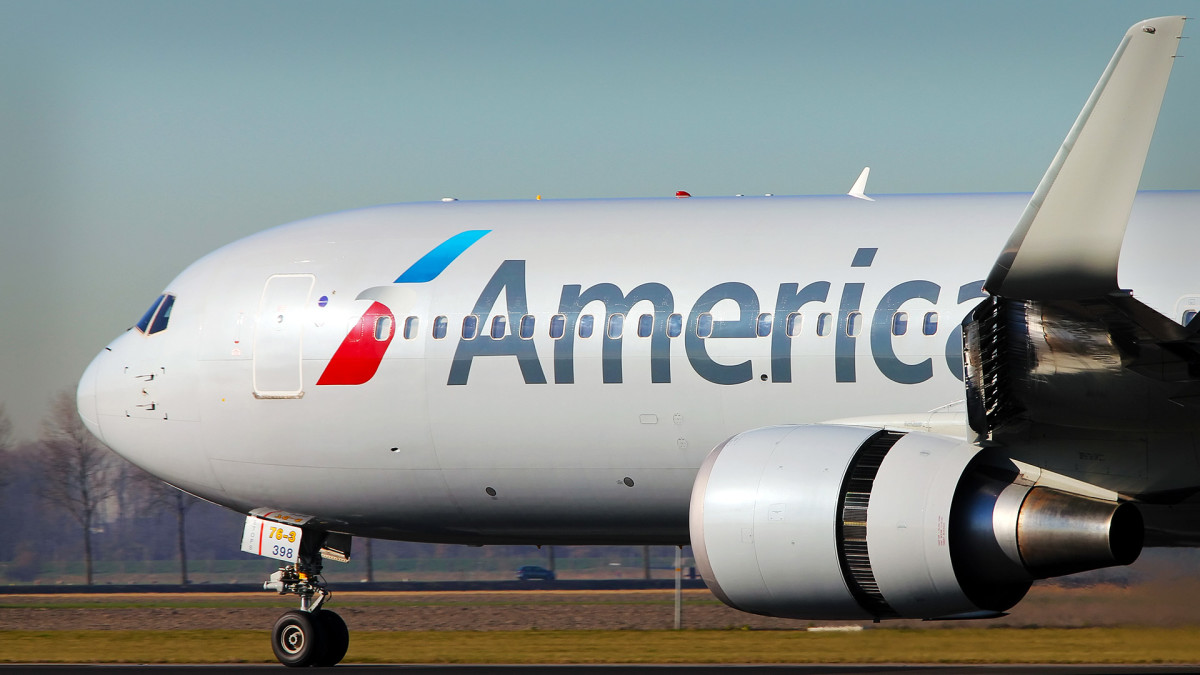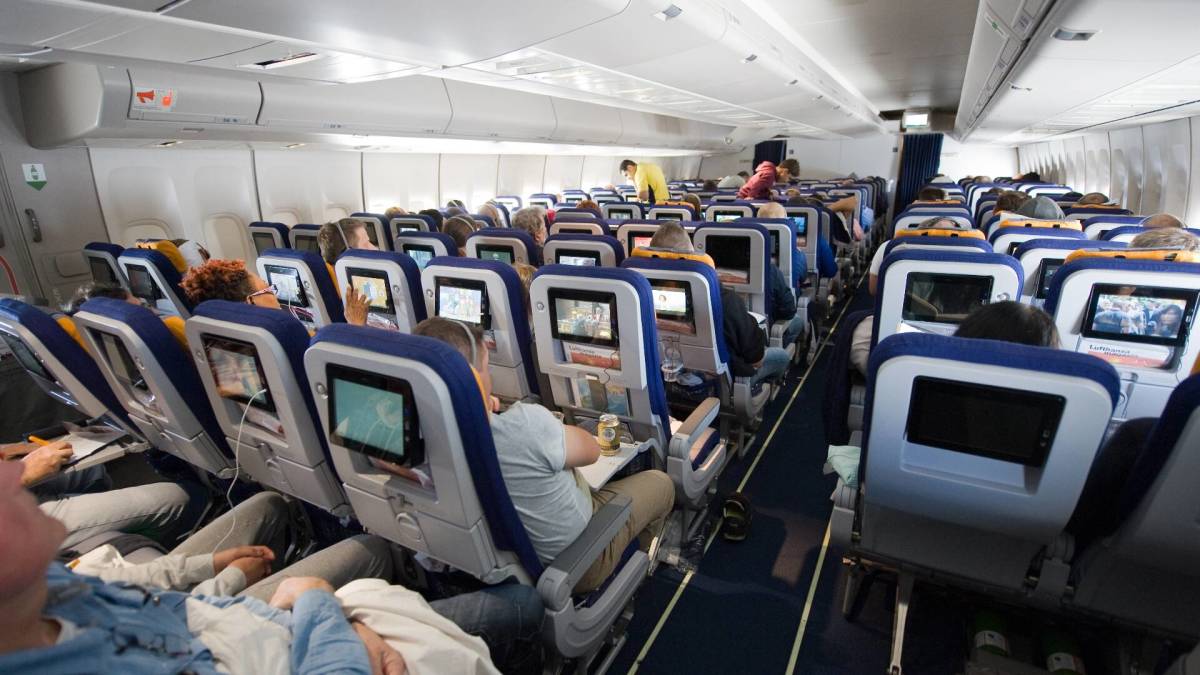
People traveling by air have different preferences and tolerance levels for varying degrees of uncertainty during the booking and boarding process.
For example, when flying with Southwest Airlines (LUV) , passengers have no assigned seats. Instead they are assigned a boarding order based on a few criteria and then they choose whichever seat they like once they are on the aircraft.
Related: Southwest Airlines offers boarding option many passengers love
This process suits some people's tastes just fine. Others prefer a more refined sense of order while traveling.
These people might be better suited to a flying experience that involves more rigid rules, including knowing their seat assignments before arriving at the airport.
Reasons for these personal preferences can be a simple individual inclination, or perhaps a desire by a group to be sure it is seated together.
But there is another level of uncertainty that can be thrown into the mix: not knowing if you will be on the flight you are waiting for at all.
The pros and cons of standby travel
One option available to passengers is to fly standby, where travelers have no reservation on a specific flight.
That sounds stressful enough to many, but American Airlines (AAL) has managed to make the practice more difficult than it used to be.
Standby travelers choose to wait at the airport, hoping a seat becomes available at some point during a given day or some particular window of time during the day.
Some people choose to travel using the standby practice because it often involves discounted rates, as airlines often fill empty seats at the last minute for lower prices.
Flying standby works for budget-conscious travelers who also have a great deal of flexibility in terms of the amount of time they have to fly.
But flights are filled to capacity more than they used to be, so it can be harder to get on a flight this way. And many airlines don't even offer standby travel as a common option.
Also, there is never a guarantee — so waiting for a seat to open up can be uncertain and stressful.

Shutterstock
American Airlines adds limitations to flying standby
At present, American Airlines allows same-day standby travel to all customers.
But that will change shortly. On March 1, two new restrictions will be added, according to Ben Schlappig of One Mile At a Time. He writes the following:
- "In order to be eligible for standby, you'll need to be an AAdvantage member."
- "You'll only be able to request standby via aa.com and via the American Airlines app, so it’s not something that a human can help with anymore."
First, it's worth noting that American is already going to great lengths to promote its AAdvantage program, so Schlappig does not seem surprised that the carrier is using standby travel as another incentive to encourage people to enroll.
It's the requirement that passenger requests for standby travel must be made digitally that Schlappig is frustrated with.
"The second change is perhaps more problematic," Schlappig wrote. "Airport agents will no longer be able to add you to the standby list, so you'll have to make that request yourself, or it's not happening."
"I've certainly had situations where there were tech issues preventing requesting standby, so I find that to be quite a frustrating policy change," he added. "Hopefully agents will have some discretion there."
At the time of publication, American Airlines had not responded to a request for comment.
Related: Veteran fund manager picks favorite stocks for 2024







